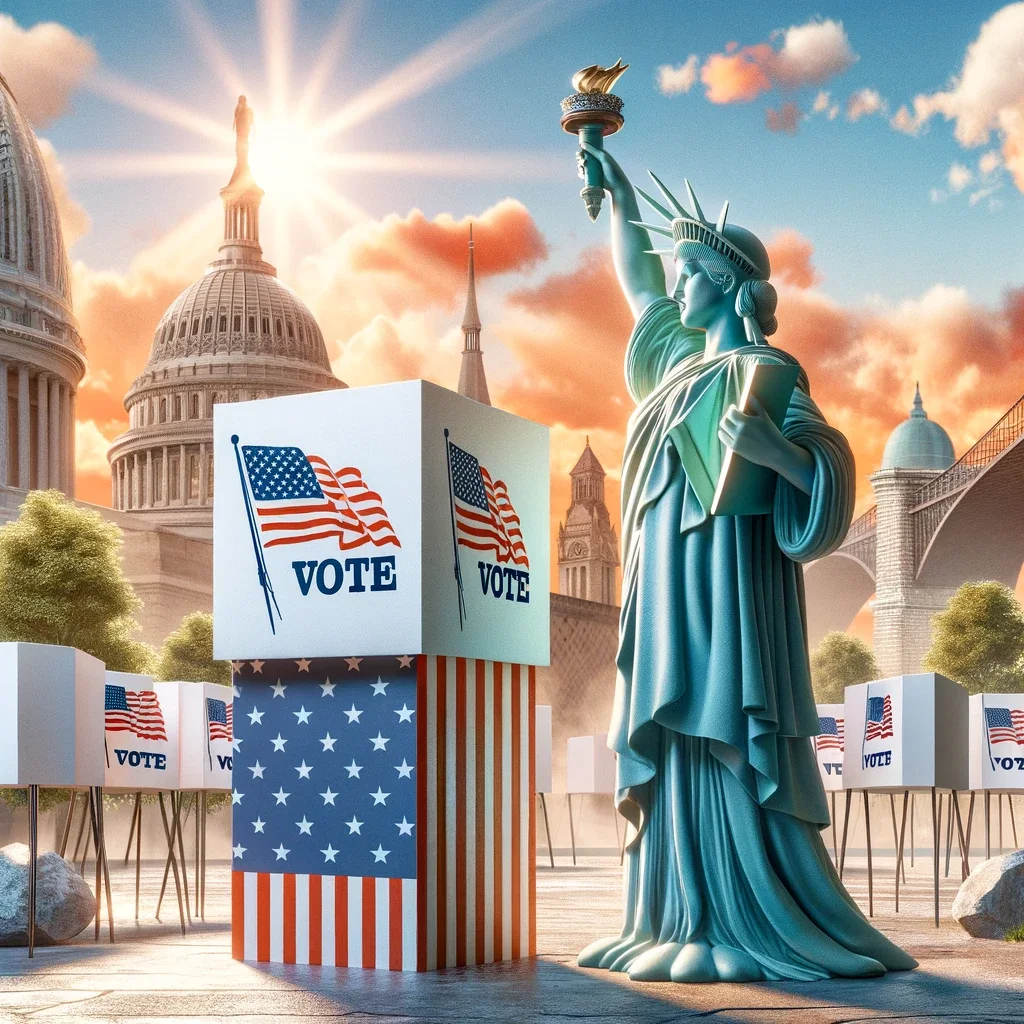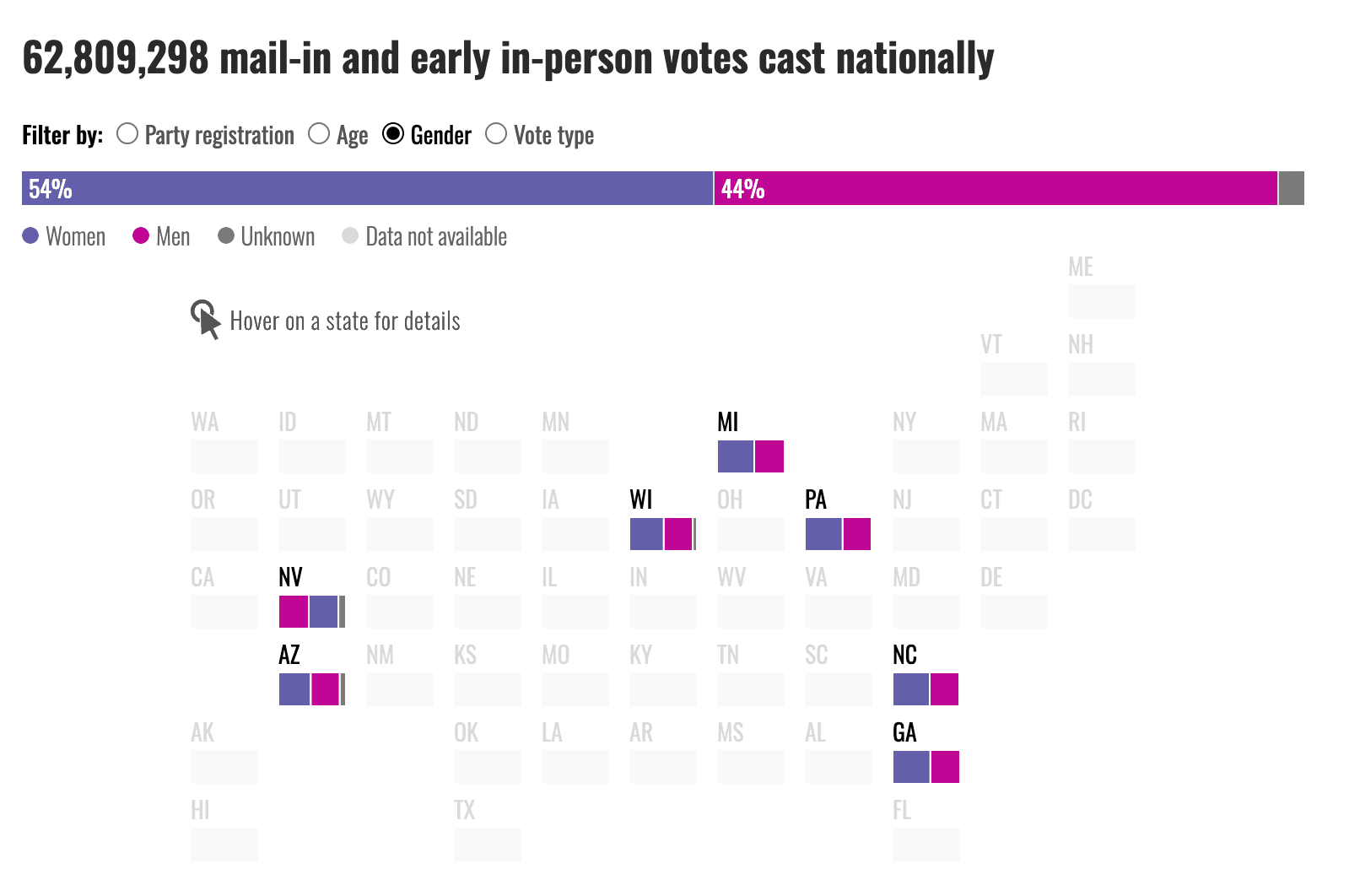

What is Gerrymandering & How Can I Fix It?
Tell your reps your thoughts about gerrymandering
What’s the story?
We here at Countable have been talking for a long time about the problem of partisan gerrymanders, where districts are drawn so as to guarantee that one political party dominates. Whether it’s Republicans in Pennsylvania or Democrats in Maryland, it subverts democracy.

And though it is a complicated problem, with a host of possible solutions, there is a time factor as well. Most states establish districts via the state legislature. Each state has prepared a new congressional map for the 2022 election, which will change the balance of power and fairness (or lack thereof) of elections this fall, with long-term consequences.
We can either accept the system as it is or we can push for changes. Here are a host of possible fixes that could work to prevent partisan gerrymanders:
- The efficiency gap quantifies "wasted votes." This figure, calculated using the difference between the number of wasted votes by the losing party and the number of wasted votes by the winning party divided by the total number of votes in a state, creates a percentage of votes wasted. In 2017, the authors of this measure proposed that a district with an efficiency gap of more than 7 percent due to intentional steps taken by party officials to privilege their party is considered a partisan gerrymander worthy of a legal challenge.
- Neutral commissions, or non-partisan commissions, are used in some states and other countries. Some states also use bipartisan politician commissions. "Neutral", “non-partisan”, and “bipartisan” are the important keywords.
- Algorithms. Maybe humans are the problem, and the whole thing should be decided by computers. Mathematicians in the U.S. are being consulted on how math can be used to prevent partisan gerrymanders, and they already use algorithms for creating district maps in Mexico.
- Previous legislative proposals, such as the Fair Representation Act, suggest using a combination of ranked-choice voting and electing multiple representatives per district so that no one party takes all the seats in any district, but only the amount that reflects their percentage of the population.
- "I cut, you freeze" (though it really needs something better than that). This proposal would basically have parties take turns drawing up the district maps, but whichever party is not in charge gets to choose one district to freeze into place. Next time the roles would switch.
Any or all of these solutions could be adopted by states. There does not need to be one answer. But there should be an answer chosen in every state to ensure that our theoretically representative democracy is actually representative.
What do you think?
Do you have concerns about partisan gerrymandering, or do you think we should just let well enough alone? Are there any of these ideas that you like more than others? Why?
Tell us in the comments what you think, then use the Contact Reps button to let your elected officials know that this issue matters!
The Latest
-
 The Long Arc: Taking Action in Times of Change“Change does not roll in on the wheels of inevitability, but comes through continuous struggle.” Martin Luther King Jr. Today in read more... Advocacy
The Long Arc: Taking Action in Times of Change“Change does not roll in on the wheels of inevitability, but comes through continuous struggle.” Martin Luther King Jr. Today in read more... Advocacy -
 Thousands Displaced as Climate Change Fuels Wildfire Catastrophe in Los AngelesIt's been a week of unprecedented destruction in Los Angeles. So far the Palisades, Eaton and other fires have burned 35,000 read more... Environment
Thousands Displaced as Climate Change Fuels Wildfire Catastrophe in Los AngelesIt's been a week of unprecedented destruction in Los Angeles. So far the Palisades, Eaton and other fires have burned 35,000 read more... Environment -
 Puberty, Privacy, and PolicyOn December 11, the Montana Supreme Court temporarily blocked SB99 , a law that sought to ban gender-affirming care for read more... Families
Puberty, Privacy, and PolicyOn December 11, the Montana Supreme Court temporarily blocked SB99 , a law that sought to ban gender-affirming care for read more... Families -
 Women Are Shaping This Election — Why Is the Media Missing It?As we reflect on the media coverage of this election season, it’s clear that mainstream outlets have zeroed in on the usual read more... Elections
Women Are Shaping This Election — Why Is the Media Missing It?As we reflect on the media coverage of this election season, it’s clear that mainstream outlets have zeroed in on the usual read more... Elections
 Climate & Consumption
Climate & Consumption
 Health & Hunger
Health & Hunger
 Politics & Policy
Politics & Policy
 Safety & Security
Safety & Security
